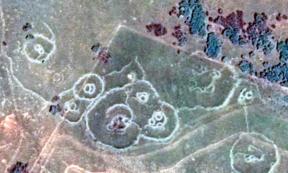Primary tabs
Robin Whitlock
Robin Whitlock is a British freelance journalist with numerous interests, particularly archaeology and the history of the ancient world, an interest that developed in childhood. He has numerous published magazine articles to his credit on a variety of subjects, including Government and Public Sector Journal, Heritage Railway, Britain at War, Kindred Spirit, The Ecologist, The Countryman, and History Today, and writes regularly for a number of websites. Robin is a graduate of Bath Spa University with a BA (Hons) in Psychology and English.
History
- Member for
- 9 years 8 months































